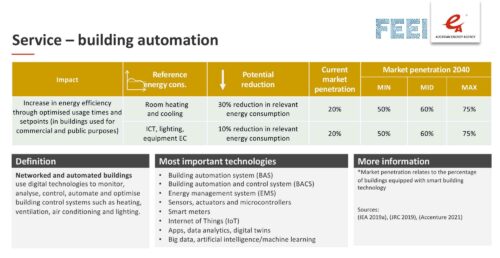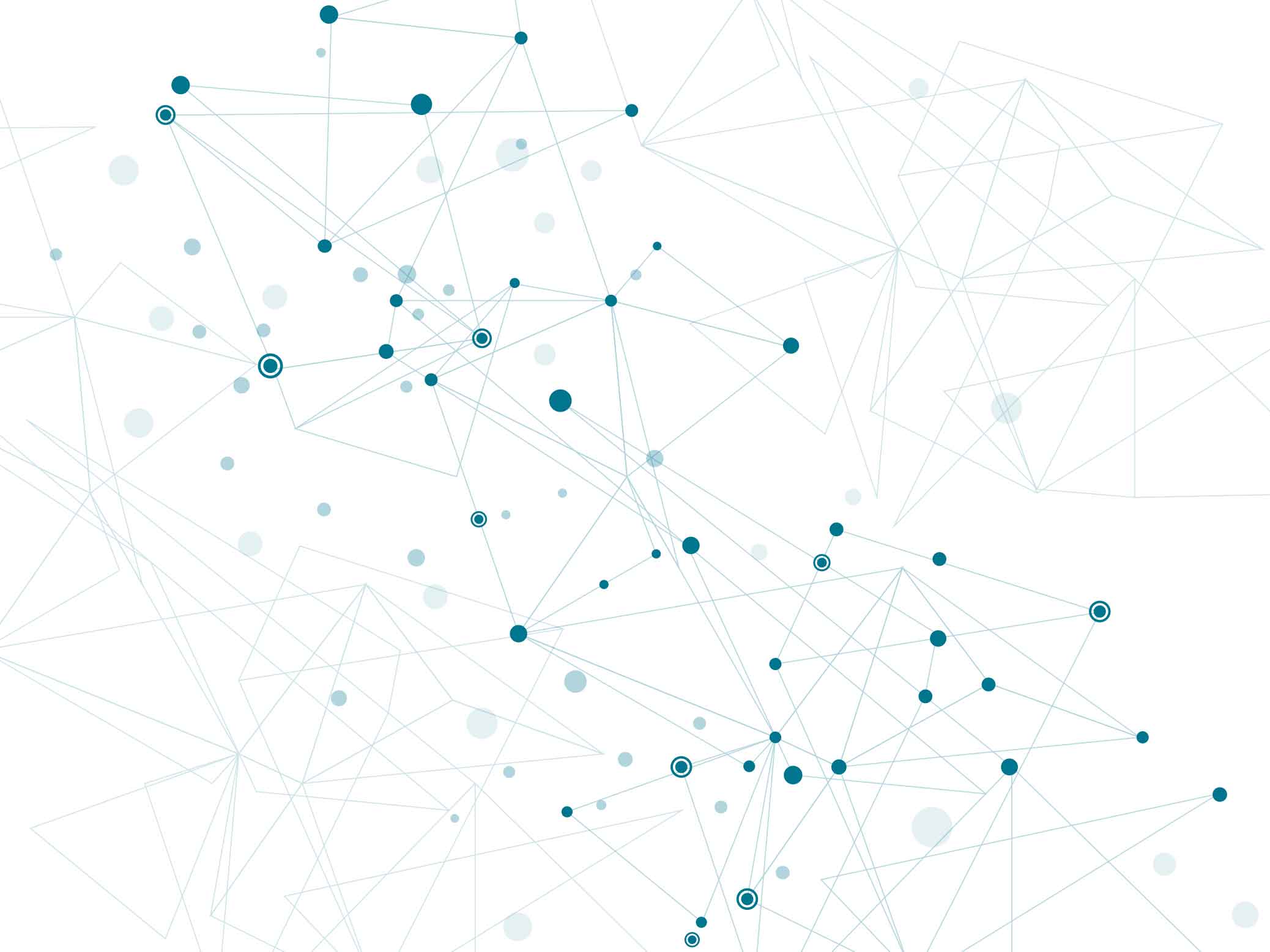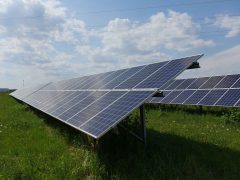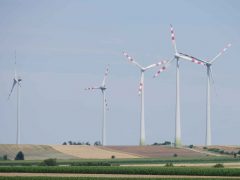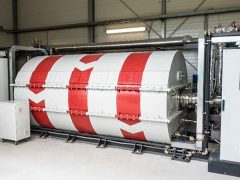The European and national climate targets – climate neutrality by 2050 in the EU and by 2040 in Austria – are necessitating a root-and-branch transformation of the energy system. All available potential for saving energy and increasing energy efficiency must be leveraged while mastering the switch to renewable energy sources. Efforts to use more of these sources and integrate them into the energy system will need to be stepped up further if we are to make our energy supply sustainable and fit for the future.
Digitalisation is supporting this transformation of the energy industry and has the potential to become an enabler and driver of the energy transition. Digital technologies have a key role to play in innovative solutions for making the energy system less centralised and more flexible and for using energy and resources efficiently. They help to integrate renewable energy and deploy it in the best possible way, make use of surpluses and control energy consumption intelligently. Information and communication technologies also form the basis for connecting the various components of the energy system and for coupling power, heat, mobility and industrial production sectors.
Smart solutions for the energy system
All sectors of the economy harbour potential for using digital technologies to integrate renewable energy, save energy and increase energy efficiency. The methods and possible applications for digitalisation span across all areas of energy supply, from generation and grids to trading, sales, consumption and production. The Internet of Things (IoT), artificial intelligence, robotics, clouds and networks are all driving the energy value chain forward, from energy generation to intelligent distribution. Whether they are used to create smart grids, digitally interconnected buildings and residential districts, intelligent solutions for industrial processes or concepts for integrating electric mobility, digital technologies form the basis for an increasingly energy-efficient, decentralised, flexible and reliable energy infrastructure. Digitalisation is an “enabler” of a sustainable energy system because it offers solutions for mastering the complex interactions between numerous technical components and many different market players. At the same time, it is a “driver” of the energy transition as it is paving the way for new technical applications, services and innovative business models.
Digitalisation and renewable energy
Digital technologies are playing an increasingly important role in generating electricity and heat from renewable sources. Applications such as digital twins, big data, machine learning and artificial intelligence are opening up new opportunities for the simulation, design, quality assurance, data-based monitoring, maintenance and optimisation of installations and other facilities. In the future, the production and consumption of renewable energy sources will need to be better aligned with each other with the aid of digital technology. Intelligent solutions are required in order to incorporate renewables into the energy system, balance fluctuations in the grid and store energy. Digital applications will help to utilise grid and generation capacity much more efficiently.
Intensive research is being done in Austria into how digital applications can be used in the energy system of the future. In this issue, we present a number of projects from the areas of wind power, photovoltaics, heat pumps and hydropower in which digital solutions are being developed and tested for, amongst other things, controlling and performing predictive maintenance on installations, optimising them and making them more cost-effective.
DigAT-2040
Impact of digitalisation on energy consumption and the climate in Austria
There are several aims to this study, which is being conducted by the Austrian Energy Agency (AEA) and the Association of the Austrian Electrical and Electronics Industries (FEEI) on behalf of the Climate and Energy Fund (KLIEN). One is to quantify how the onward march of digitalisation may impact energy consumption and greenhouse gas emissions in Austria in the years up until 2040, taking account of various digitalisation approaches in five sectors: industry, households, transport, services and agriculture. The potential for reducing energy consumption and greenhouse gas emissions is being analysed in conjunction with the corresponding digitalisation technologies and applications and the associated rebound effects in various scenarios.
Another objective of the project is to recommend RTI policy measures for developing digital technologies and applications further in Austria. The study is being run in close dialogue with stakeholders from research, technology, industry, commerce and the private sector.
www.energyagency.at/digat-2040
